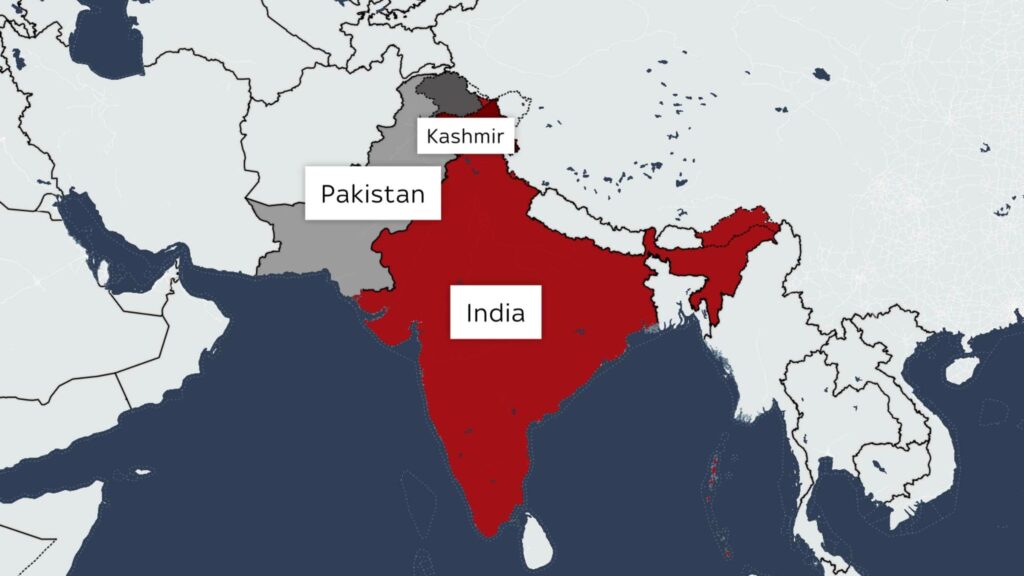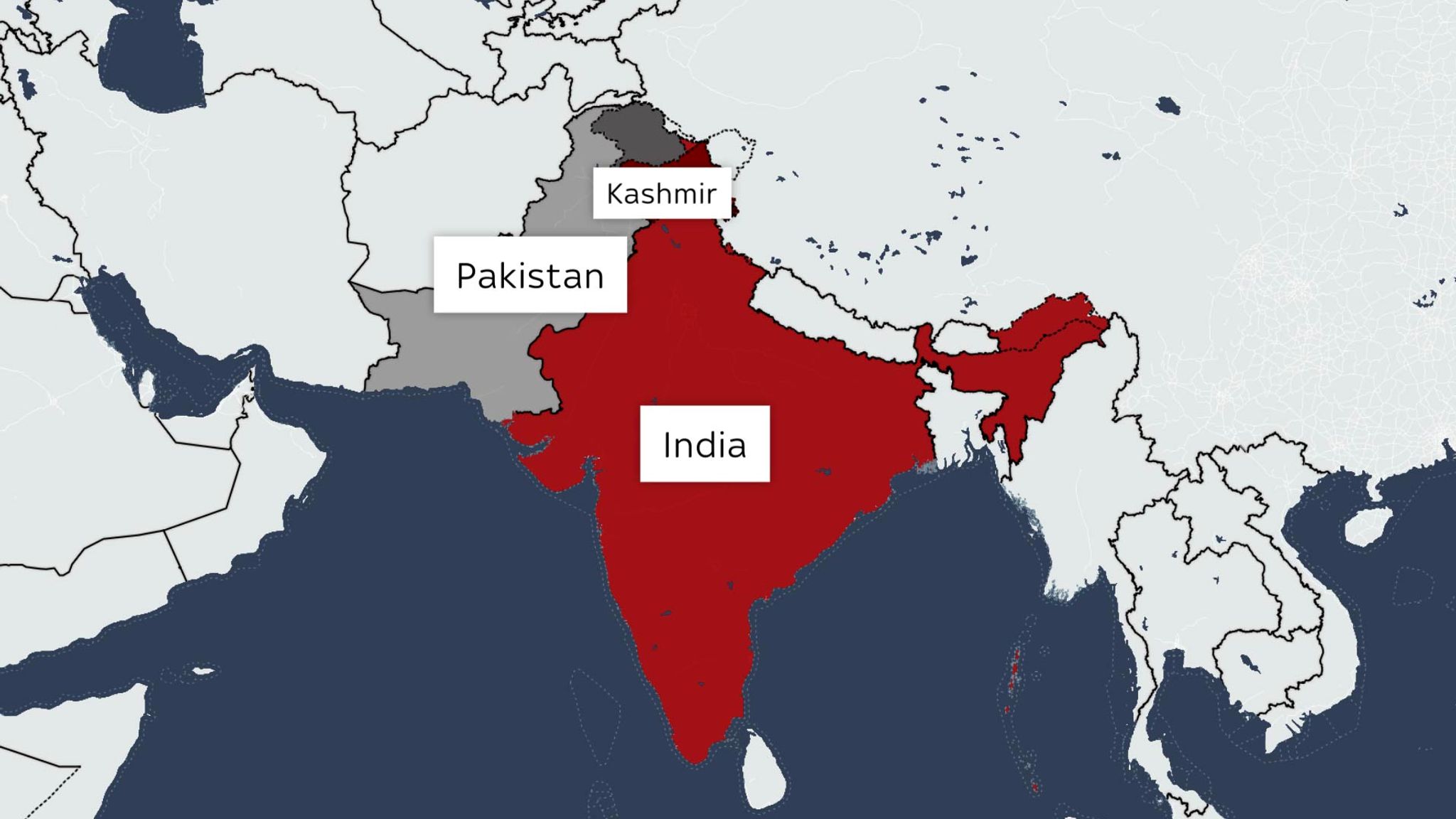
What is the Language of Pakistan? Arabic, Indian, or a Civilization of its Own?
Pakistan, a nation steeped in history and culture, boasts a linguistic landscape as diverse as its geography. The question of “what is the language of Pakistan, are they Arabic or Indian civilization?” is multifaceted and requires a nuanced understanding of its history, cultural influences, and the languages spoken within its borders. This article will delve into the primary languages of Pakistan, explore the influences of Arabic and Indian civilizations on them, and provide a comprehensive overview of the linguistic tapestry of this South Asian nation. We’ll explore Urdu, the national language, as well as regional languages and their unique characteristics. We aim to provide a definitive resource for anyone seeking to understand the complex linguistic heritage of Pakistan.
Understanding the Linguistic Landscape of Pakistan
Pakistan’s linguistic diversity reflects its rich history and cultural interactions. While Urdu is the national language, several regional languages are spoken throughout the country, each with its unique history and cultural significance. To understand the languages of Pakistan, it’s crucial to move beyond a simplistic ‘Arabic or Indian’ dichotomy.
Urdu: The National Language
Urdu is the lingua franca of Pakistan and holds the status of the national language. It is widely spoken and understood across the country, particularly in urban areas. Urdu’s origins are deeply intertwined with the Delhi Sultanate and the Mughal Empire, evolving from the *khari boli* dialect, influenced by Persian, Arabic, and Turkic languages. This blended heritage makes Urdu a unique language with a rich literary tradition.
* **Historical Development:** Urdu emerged as a language of communication between soldiers and traders from different backgrounds in the Delhi region.
* **Script:** Urdu is written in a Perso-Arabic script, a modified version of the Arabic alphabet.
* **Vocabulary:** Urdu’s vocabulary is heavily influenced by Persian and Arabic, with a significant number of loanwords.
* **Official Status:** Urdu serves as the primary language of education, government, and media in Pakistan, although English also holds significant importance, especially in higher education and business.
Regional Languages of Pakistan
Beyond Urdu, Pakistan is home to several vibrant regional languages, each with its distinct cultural identity and historical roots. These languages include Punjabi, Sindhi, Pashto, Balochi, and Saraiki, among others. The vitality of these languages contributes significantly to Pakistan’s cultural richness.
Punjabi
Punjabi is the most widely spoken language in Pakistan, primarily in the Punjab province. It has a rich oral and literary tradition, often expressed through folk songs, poetry, and storytelling. Despite its large number of speakers, Punjabi does not have official status at the national level.
* **Dialects:** Punjabi has several dialects, including Majhi, Shahpuri, and Potohari.
* **Script:** Punjabi is usually written in the Shahmukhi script, a Perso-Arabic script.
* **Cultural Significance:** Punjabi language and culture are deeply intertwined, with vibrant traditions of music, dance, and literature.
Sindhi
Sindhi is spoken primarily in the Sindh province of Pakistan. It is an ancient language with roots tracing back to the Indus Valley Civilization. Sindhi has a rich literary tradition and is recognized as an official language in Sindh.
* **Ancient Roots:** Sindhi is believed to be derived from the ancient Prakrit languages of the Indus Valley.
* **Script:** Sindhi is written in a modified Arabic script.
* **Cultural Heritage:** Sindhi literature and Sufi poetry are integral parts of the region’s cultural heritage.
Pashto
Pashto is spoken primarily in the Khyber Pakhtunkhwa (KPK) province and parts of Balochistan. It is an Indo-Iranian language with a long history and a rich oral tradition. Pashto is characterized by its tribal structure and strong cultural identity.
* **Geographic Distribution:** Pashto is also spoken in Afghanistan, making it a trans-border language.
* **Script:** Pashto is written in a modified Arabic script.
* **Cultural Significance:** Pashto culture is deeply rooted in tribal traditions and a strong code of honor (Pashtunwali).
Balochi
Balochi is spoken in the Balochistan province of Pakistan, as well as in parts of Iran and Afghanistan. It is an Indo-Iranian language with a rich oral tradition, characterized by nomadic and tribal lifestyles.
* **Nomadic Culture:** Balochi language and culture are closely linked to the nomadic traditions of the Baloch people.
* **Script:** Balochi is usually written in a modified Arabic script.
* **Challenges:** Balochi faces challenges in terms of standardization and promotion.
Saraiki
Saraiki is spoken primarily in the southern Punjab region of Pakistan. It is considered by some to be a dialect of Punjabi, while others consider it a distinct language. Saraiki has a distinct literary tradition and cultural identity.
* **Geographic Distribution:** Saraiki is spoken in the Multan, Bahawalpur, and Dera Ghazi Khan regions of Punjab.
* **Script:** Saraiki is usually written in a modified Arabic script.
* **Distinct Identity:** Saraiki speakers often emphasize their distinct cultural and linguistic identity.
The Influence of Arabic and Indian Civilizations
The languages of Pakistan have been shaped by centuries of interaction with Arabic and Indian civilizations. This influence is evident in the vocabulary, script, and cultural context of these languages.
Arabic Influence
The Arabic influence on Pakistani languages stems from the arrival of Islam in the Indian subcontinent. Arabic served as the language of religious scholarship and administration, leaving a lasting impact on the vocabulary and script of Urdu, Sindhi, Pashto, and Balochi.
* **Vocabulary:** Many words of Arabic origin are found in Urdu, Sindhi, Pashto, and Balochi, particularly in the domains of religion, law, and administration. For example, words like *kitab* (book), *qalam* (pen), and *adalat* (court) are commonly used.
* **Script:** The Perso-Arabic script, used for writing Urdu, Sindhi, Pashto, and Balochi, is derived from the Arabic alphabet. This script has been adapted to accommodate the unique sounds of these languages.
* **Cultural Context:** Islamic culture and traditions, transmitted through the Arabic language, have influenced the cultural practices and values of Pakistani society.
Indian Civilization Influence
The influence of Indian civilization on Pakistani languages is evident in the underlying structure, grammar, and cultural context of these languages. The Indo-Aryan languages, such as Punjabi, Sindhi, and Saraiki, share common ancestry with other languages of the Indian subcontinent.
* **Indo-Aryan Roots:** Punjabi, Sindhi, and Saraiki belong to the Indo-Aryan family of languages, which originated in the Indian subcontinent. These languages share common linguistic features and grammatical structures.
* **Vocabulary:** Many words of Sanskrit and Prakrit origin are found in Punjabi, Sindhi, and Saraiki, reflecting the influence of ancient Indian languages.
* **Cultural Context:** The cultural traditions, folklore, and mythology of the Indian subcontinent have influenced the cultural expressions of these languages.
The Role of English in Pakistan
In addition to Urdu and the regional languages, English plays a significant role in Pakistan, particularly in education, government, and business. English is often seen as a language of opportunity and social mobility.
* **Official Status:** English is recognized as an official language of Pakistan, alongside Urdu.
* **Education:** English is widely used in higher education, particularly in science, technology, and business.
* **Government and Business:** English is used in government administration, legal proceedings, and international business.
* **Social Mobility:** Proficiency in English is often seen as a prerequisite for social and economic advancement.
Challenges and Future Prospects
The languages of Pakistan face several challenges, including the dominance of Urdu and English, the lack of resources for regional languages, and the impact of globalization. However, there are also opportunities for promoting linguistic diversity and preserving cultural heritage.
* **Dominance of Urdu and English:** The dominance of Urdu and English can marginalize regional languages and threaten their survival.
* **Lack of Resources:** Regional languages often lack resources for education, media, and cultural promotion.
* **Globalization:** Globalization and the spread of English can lead to language shift and loss of linguistic diversity.
* **Opportunities:** There are opportunities for promoting linguistic diversity through education, media, and cultural initiatives. Efforts to preserve and promote regional languages can contribute to a more inclusive and culturally vibrant society.
Conclusion: Celebrating Linguistic Diversity
The languages of Pakistan reflect the country’s rich history, cultural diversity, and complex interactions with Arabic and Indian civilizations. While Urdu serves as the national language, several regional languages contribute to the country’s cultural richness. Understanding the linguistic landscape of Pakistan requires appreciating the influence of Arabic and Indian civilizations, as well as the role of English in modern society. By promoting linguistic diversity and preserving cultural heritage, Pakistan can ensure a vibrant and inclusive future for all its languages. We hope this comprehensive guide has answered your question: What is the language of Pakistan, are they Arabic or Indian civilization?
FAQs About Languages of Pakistan
Here are some frequently asked questions about the languages spoken in Pakistan:
What is the official language of Pakistan?
The official language of Pakistan is Urdu. English is also recognized as an official language.
Which language is spoken by the majority of people in Pakistan?
Although Urdu is the national language, Punjabi is spoken by the largest percentage of the population.
How has Arabic influenced Pakistani languages?
Arabic has influenced Pakistani languages primarily through vocabulary and script, stemming from the arrival of Islam in the region.
In what ways did Indian civilization shape the languages of Pakistan?
Indian civilization’s influence is evident in the underlying structure, grammar, and cultural context of languages like Punjabi and Sindhi.
Why is English used in Pakistan?
English is widely used in Pakistan for higher education, government administration, legal proceedings, and international business. It’s also seen as a language of social mobility.
What are some of the primary challenges facing regional languages in Pakistan?
Some of the primary challenges include the dominance of Urdu and English, a lack of resources, and globalization.
How can Pakistan promote linguistic diversity?
Pakistan can promote linguistic diversity through education, media, and cultural initiatives that support regional languages.
Is Saraiki a dialect of Punjabi or a distinct language?
This is a matter of debate, with some linguists considering it a dialect of Punjabi and others considering it a separate language.
What script is used to write Pashto?
Pashto is written in a modified Arabic script.
Where is Sindhi primarily spoken?
Sindhi is primarily spoken in the Sindh province of Pakistan.
Share your thoughts and experiences with the languages of Pakistan in the comments below!

